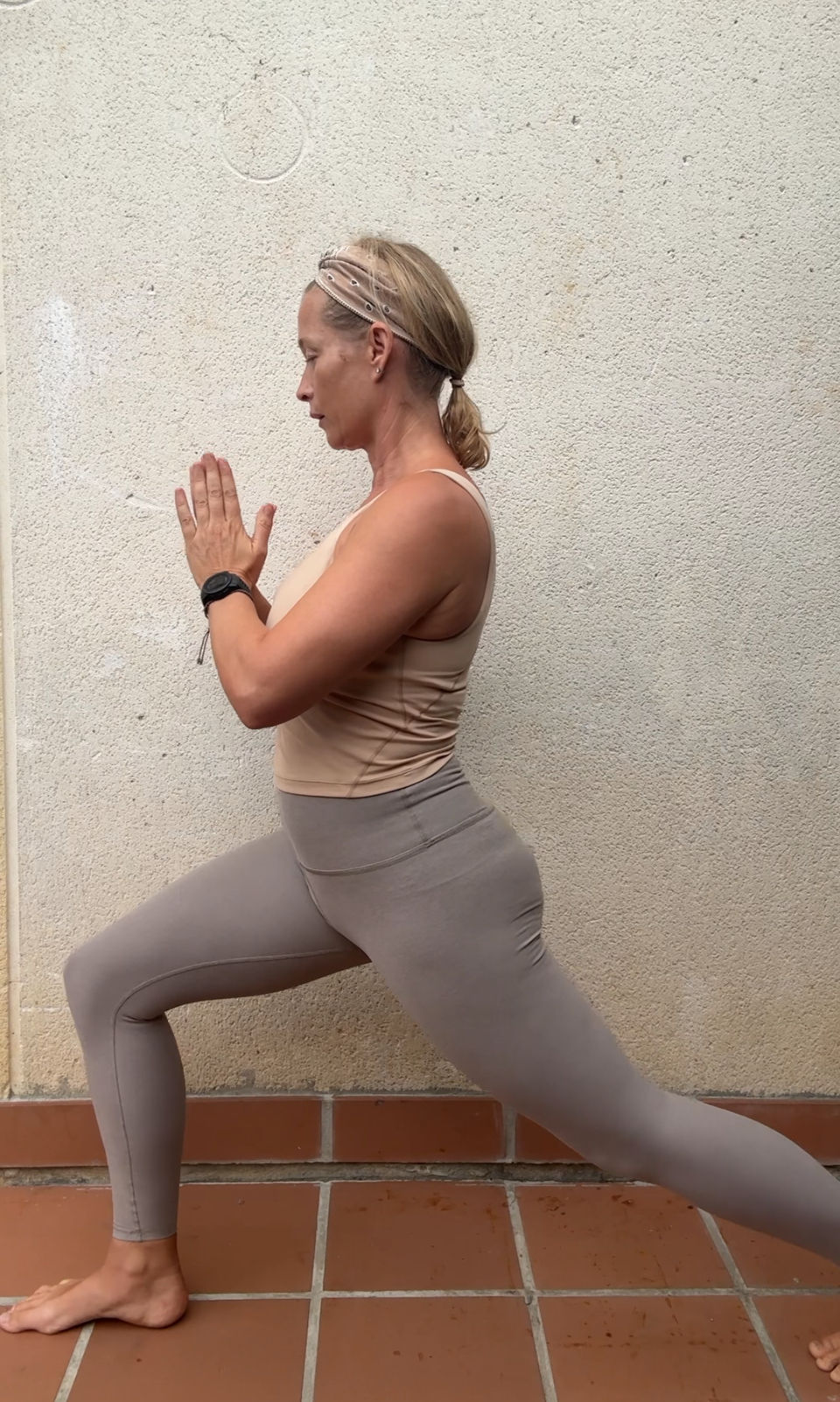The intention of Yoga
- Shaini Verdon
- Aug 5, 2019
- 3 min read
Updated: Dec 9, 2019
Why do you practice Yoga? Or probably a better question, why do you practice Asana and is this a question that you ever ask yourself? To answer this maybe the first thing we need to look at is what is Asana exactly and is it the same now as thousands of years ago?

Approximately 2500 years ago Patanjali wrote the yoga sutras which today are the corner stone of most Yoga philosophies. There are 196 sutras and only 3 on asana’s.... Basically what Patanjali said was that the asana were meant to prepare the body to be able to sit for hours in end to meditate and attain “enlightenment”. Instead of creating awareness in body & mind, the early yogis thought embodied life was full of suffering and the goal was to escape it.
Fast forward 2500 years later and the question becomes, is the goal of asana still the same?
In one word No it is not (That was actually 4 words, but you get the point :-)). Even the meaning of the word changed from seated to posture. It wasn’t until Tantra, which began sometime around the fourth to sixth centuries CE, that the non-dualist insight took hold that if there is only Spirit, then all of creation, including the human body, is a manifestation of Spirit and therefore sacred. So in Tantra, as Georg Feuerstein so delightfully put it;
“Instead of regarding the body as a meat tube doomed to fall prey to sickness and death, they viewed it as a dwelling place of the Divine and as the cauldron for accomplishing spiritual perfection.”
and even then the Tantric siddha's didn't do even half of the asana that we practice now, no down ward dogs nor sun salutations. According to yoga scholar Mark Singleton, author of Yoga Body: The Origins of Modern Posture Practice (2010), in which he explores the evolution of yoga into the mainstream, yoga asana as we know it today came into being in comparatively recent history, through a confluence of factors including the international physical culture movement of the 19th century, which ushered in many new techniques and emphasized the morality of fitness, the influence of colonial British gymnastic conditioning (particularly on standing poses) in India, and the rise of post-colonial Indian nationalism, which sought to identify and promote an indigenous form of exercise. Singleton's narrative reinforces the powerful influence of T. Krishnamacharya on modern postural yoga. Krishnamacharya's teaching, made possible by the patronage of the Maharaja Krishnaraja Wodeyar of Mysore, flourished in the 1930s and 40s at the Mysore Palace as part of the education of young boys, mostly of the elite class.

Now coming back to the question "why do you practice Yoga/Asana"? Is it to become enlightened like the Yogis of Patanjali or the Tantric siddha's, is our life the same as in the 19th century where young, elite Indian boys were trained by Krishnamacharya. The answer is probably not, at least for me it isn't, I don’t want nor have the time to exclude myself from society to become enlightened, nor am I finding myself to be an Indian boy in the 19th century, LOL.
What I do want is to live the life I have to the fullest, to be able to explore every little bit of it, as consciously as possible, with awareness & clarity. To be functional, to practice being human. To do this I need a healthy, functional body, (not very unlike the intention of the Tantra's just with a different outcome) one with preferably the greatest range of movement & mobility. Stable, strong & flexible infused with a lot of awareness into my bodies capabilities . Not a lot to ask for right ;-)

Thus the intention of my Yoga practice is set: bringing awareness into my body layer by layer.
Bringing functionality into the practice, variety and diversity in movement which is important for brain and body. Doing the same movements (and yoga asanas) the same way over and over for a long period of time, starts to get boring for your brain and not so sustainable for your body. More on this in a later pondering :-)
After reading all this what is your intention, does it change over time and how can the practice serve you in the always changing exploration of body, mind & soul?
Would love to hear your thoughts, so please feel free to send me a shout out at shaini@yogaion.com
With movement :-) & love ,
Shaini



Comments